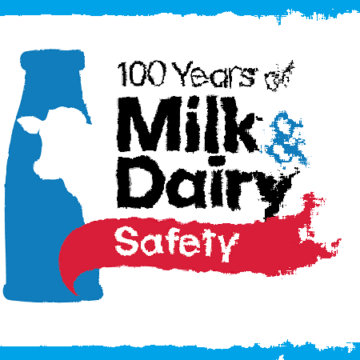Budget-driven cutbacks have altered two federal pillars of U.S. food safety. The Food and Drug Administration has paused its proficiency-testing program for laboratories that certify Grade “A” milk, leaving states and processors without a federal benchmark for detecting pathogens and drug residues. At the same time, the Department of Agriculture’s Food Safety and Inspection Service has withdrawn a rule that would have treated high-risk Salmonella strains in raw poultry as adulterants, ending the first major attempt in a decade to lower infection rates linked to chicken and turkey. The second Trump administration cites regulatory streamlining; industry groups welcome the moves. Public-health officials warn that raw-milk illnesses and multidrug-resistant Salmonella strains remain significant threats, especially as independent candidate Robert F. Kennedy Jr. campaigns to legalize interstate raw-milk sales. Absent federal backstops, states, processors and consumers must shoulder more responsibility for keeping milk and poultry safe.
Category: America
How Federal, State, and Industry Checks Keep Milk Safe During an FDA Lab Pause
Federal officials have paused the Food and Drug Administration’s proficiency-testing program—the twice-a-year audit that checks whether milk laboratories around the country can still hit federally defined targets—while they move the work to a new site. The daily safeguards that actually decide whether a tanker can unload or a production lot can ship, however, remain fully in force. Processing plants continue to screen every load for drug residues, run microbial counts after pasteurization and hold product until results clear. State public-health labs still pull independent samples, can order recalls and feed data to the national residue database. Because those two front-line layers are unchanged, food-safety scientists and regulators agree that the risk to consumers has not increased despite the temporary gap in federal audit rounds.
USDA Drops Salmonella Limits After Big Poultry Donation
Millions of Americans already battle salmonella each year, yet a long-promised USDA rule designed to cut infections by a quarter has been shelved after an unprecedented $5 million inauguration donation from one of the nation’s largest chicken processors. Internal records, lobbying filings and CDC data reveal how economic influence, regulatory hesitation and antibiotic-resistant bacteria converged to keep stricter standards off the books—leaving consumers, doctors and watchdogs asking who really protects the dinner plate when public health and corporate power collide.
Public Health Experts Warn Oversight Unraveling
The agency founded to guard Americans from quack cures has quietly mothballed its decades‑old milk testing program, leaving state labs scrambling just as bird flu sweeps U.S. dairies. Inside the FDA, thousands of scientists have been pink‑slipped under a cost‑cutting order overseen by Health and Human Services Secretary Robert F. Kennedy Jr., the environmental lawyer whose anti‑vaccine activism already shadows a nationwide measles surge. Historians see a grim symmetry: an agency born of the 1906 snake‑oil scandals now curbed by a champion of raw milk and “natural immunity.” Industry experts warn that without federal proficiency checks, pathogens from Listeria to H5N1 could slip into grocery coolers, forcing consumers to trust a watchdog with the teeth pulled.
Kilmar Abrego Garcia and America’s Slide into Authoritarianism
In Trump's America, citizenship has become disturbingly meaningless. The horrifying case of Kilmar Abrego Garcia illustrates how swiftly constitutional protections vanish when executive power goes unchecked. Denied legal counsel, blocked from courts, and stripped of his right to due process, Garcia's story is a chilling warning: no citizen is safe if the government can arbitrarily erase your rights. As the administration moves closer to openly targeting political dissenters, human rights activists, and anyone branded an "agitator," Americans must confront the terrifying truth—today it's Garcia, tomorrow it could easily be you.
